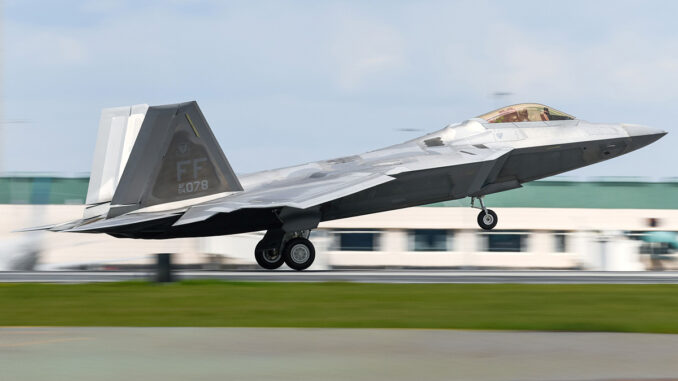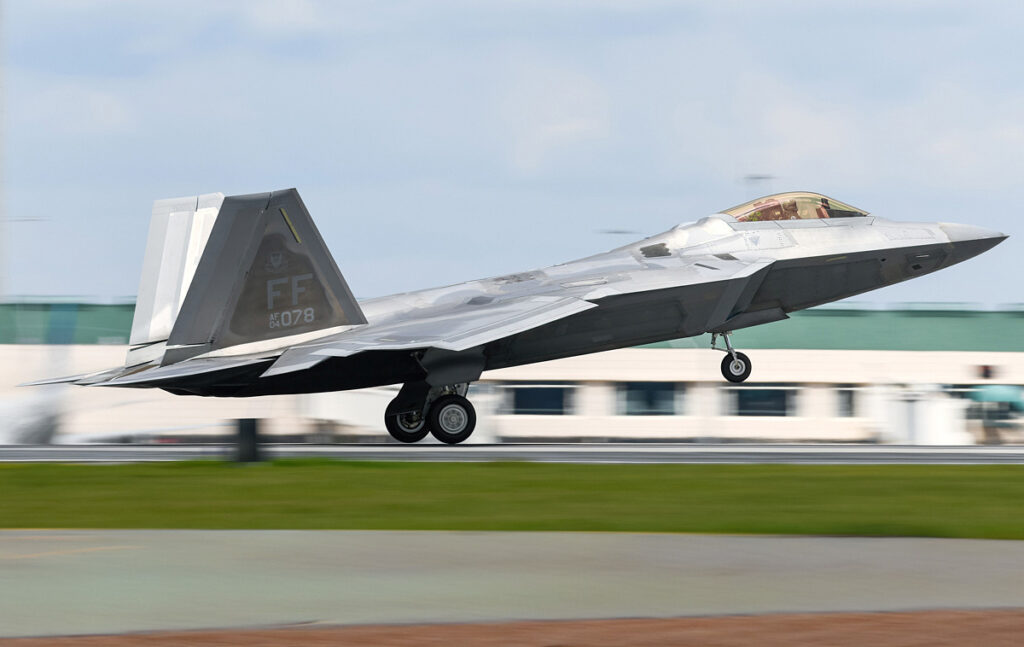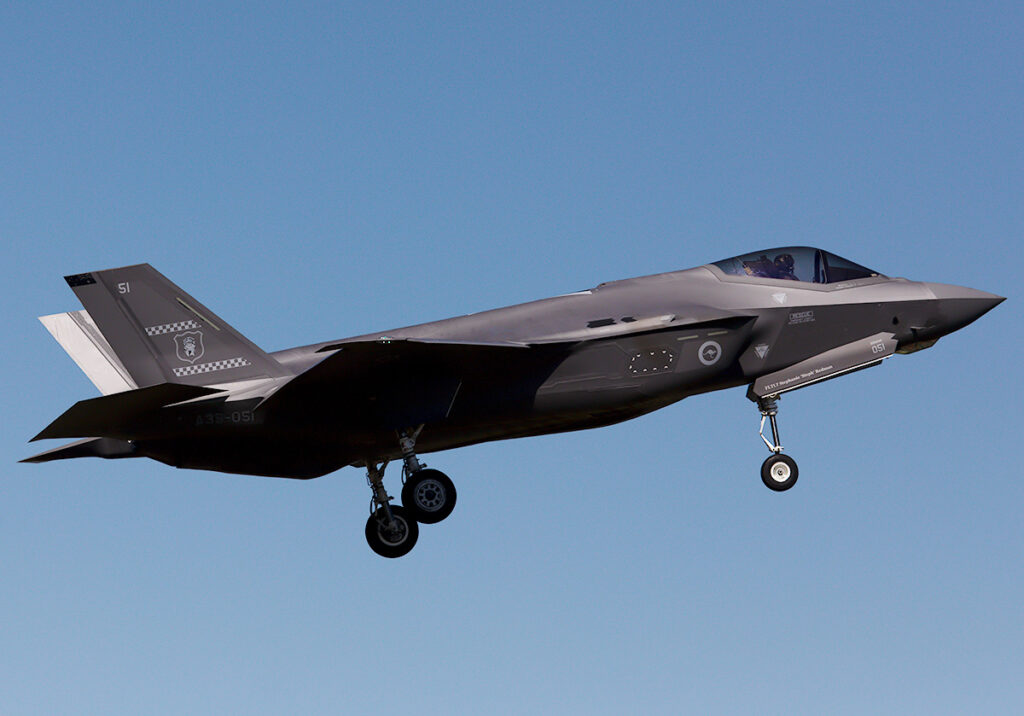
Detailed comparison of the F-22 Raptor and F-35 Lightning II performance to determine which fighter jet offers the best price/performance ratio.
In the realm of modern military aviation, two American fighter jets stand out for their performance and advanced technology: the F-22 Raptor and the F-35 Lightning II. Both aircraft, developed by Lockheed Martin, represent the pinnacle of aerospace engineering, each with its own strengths and unique characteristics. This article aims to determine which of these two aircraft offers the best overall price/performance ratio by analyzing a series of technical and operational criteria. We will compare the performance of the F-22 Raptor and the F-35 Lightning II in terms of maximum speed, rate of climb, fuel consumption, maneuverability, stealth capabilities, and more, to establish which aircraft is superior overall.

Criteria Comparison
| Criteria | F-22 Raptor | F-35 Lightning II | Point |
|---|---|---|---|
| Maximum speed | Mach 2.25 (2,414 km/h) | Mach 1.6 (1,930 km/h) | Raptor |
| Max speed at top altitude | Mach 2.25 | Mach 1.6 | Raptor |
| Rate of acceleration | 0.5 Mach/second | 0.4 Mach/second | Raptor |
| Rate of climb | 62,000 ft/min (18,900 m/min) | 45,000 ft/min (13,700 m/min) | Raptor |
| Top altitude | 65,000 ft (19,800 m) | 50,000 ft (15,200 m) | Raptor |
| Longest range | 2,960 km | 2,220 km | Raptor |
| Longest range fully loaded | 2,960 km | 1,400 km | Raptor |
| Number of missions | 1,500 hours | 2,000 hours | Lightning |
| Fuel consumption | 1.62 km/l | 1.83 km/l | Lightning |
| Overall maneuverability | Exceptional | Excellent | Raptor |
| Dogfight ability | Exceptional | Good | Raptor |
| Stealth | Very high | High | Raptor |
| Multiple missile targeting | 8 simultaneous targets | 4 simultaneous targets | Raptor |
| Longest missile lock distance | 200 km | 150 km | Raptor |
| Pilot assistance | Advanced | Very advanced | Lightning |
| Hourly operational cost | $70,000 | $35,000 | Lightning |
| Maintenance costs | High | Moderate | Lightning |
| Ease of repairs and parts availability | Complex | Simplified | Lightning |
| Engine power | 35,000 lbf | 43,000 lbf | Lightning |
| Short take-off and landing (STOL) | No | Yes | Lightning |
| Training complexity | Very high | Moderate | Lightning |
Points Tally
| Aircraft | Points |
|---|---|
| F-22 Raptor | 13 |
| F-35 Lightning II | 8 |
Aircraft Overview
F-22 Raptor
The F-22 Raptor is a fifth-generation fighter jet developed by Lockheed Martin for the United States Air Force. Entering service in 2005, it is designed for air superiority missions with advanced stealth, maneuverability, and supercruise capabilities. The Raptor is powered by Pratt & Whitney F119 engines, allowing it to reach supersonic speeds without afterburner. Its AN/APG-77 radar and electronic warfare systems make it a formidable predator in the sky.
F-35 Lightning II
The F-35 Lightning II is a fifth-generation multirole fighter also developed by Lockheed Martin, intended to replace various aircraft types across different branches of the U.S. and allied armed forces. It entered service in 2015. The F-35 is designed to be a stealthy aircraft with advanced sensors, capable of performing air superiority, ground attack, and reconnaissance missions. Its STOL variant allows it to operate from aircraft carriers and short runways, enhancing its operational flexibility.
Technical Analysis
A detailed performance analysis of both aircraft reveals that the F-22 Raptor outperforms the F-35 Lightning II in several key areas, including maximum speed, rate of climb, top altitude, range, and dogfight capabilities. The Raptor, with its maximum speed of Mach 2.25, is one of the fastest aircraft in the world, capable of reaching altitudes above 65,000 feet. Its impressive acceleration and climb rate provide a significant advantage in aerial engagements. The F-22’s maneuverability, thanks to its advanced flight controls and aerodynamic design, makes it particularly effective in close combat situations, where it can outmaneuver nearly all adversaries.
In terms of stealth, the F-22 employs cutting-edge technologies to minimize its radar signature, making it difficult to detect and target by enemy defense systems. Its multiple missile targeting capabilities and the maximum missile lock distance offer significant tactical advantages in air superiority missions.

On the other hand, the F-35 Lightning II has strengths in other areas. Its hourly operational cost is significantly lower than that of the F-22, making it a more economical option for extended missions. The F-35 is also designed to be easier to maintain, with lower maintenance costs and simplified logistics. The F-35’s flexibility is further enhanced by its STOL capability, allowing it to operate from short runways and aircraft carriers, which is crucial for expeditionary operations and naval forces.
The Lightning II integrates next-generation pilot assistance systems, providing an advanced human-machine interface that simplifies the management of complex missions. Its more powerful engines allow it to carry a heavier payload, although this comes at the expense of some aerodynamic performance.
Based on the analyzed criteria, the F-22 Raptor wins the majority of points due to its superior performance in speed, altitude, maneuverability, and stealth. However, the F-35 Lightning II offers a better cost-effectiveness for multirole missions, with lower operational and maintenance costs and increased operational flexibility. The choice between these two aircraft will therefore depend on the specific strategic priorities and operational needs of each air force.
War Wings Daily is an independant magazine.